
What is best for dogs' irritated skin
When we find that the dog's originally smooth and healthy skin shows symptoms of being irritated, such as redness, itching, and flaking,
When the cold wind brings ice and snow to the window lattice, humans can resist the severe cold by adding clothes and keeping warm. Dogs, who cannot speak, can only convey their perception of the cold through subtle changes in their bodies. Those curled up figures and trembling bodies are silently calling for the care of their owners. A deep understanding of the behavior of dogs in the cold is not only a compulsory course to protect their health, but also our affectionate response to this unconditional trust.
From a biological point of view, the body temperature regulation system of dogs is significantly different from that of humans. Under normal circumstances, the body temperature of dogs is maintained between 38.5℃-39.2℃. When the ambient temperature drops sharply, the sympathetic nerves in their bodies will immediately activate the "defense mechanism": by constricting blood vessels to reduce the blood flow on the surface of the body, the temperature of important organs such as the heart and brain is prioritized; at the same time, the secretion of thyroid hormones increases, prompting cells to accelerate metabolism and heat production. However, this physiological regulation has its limits, especially for short-nosed dogs (such as French bulldogs and pugs) and elderly dogs, who are more likely to lose body temperature too quickly in low-temperature environments due to their weak cardiopulmonary function. Small dogs such as Chihuahuas and Yorkshire Terriers, due to their large surface area to body weight ratio, dissipate heat several times faster than large dogs, and may be at risk of hypothermia in environments below 10°C.
When the cold begins to invade, the most instinctive reaction of dogs is to adjust their posture to protect themselves. They will curl up their limbs tightly under their abdomens, wrap their tails around their bodies like scarves, and shrink their entire bodies into tight balls of fur. This posture can reduce the skin area exposed to cold air by nearly 40%, effectively slowing down heat loss. Some sensitive dogs will even bury their heads in their front paws, leaving only their slightly trembling ears exposed. Their cautious appearance seems to be silently fighting against the cold. If you gently touch their paw pads at this time, you will find that the originally warm pads have become cold and stiff, which is a manifestation of the contraction of blood vessels at the extremities of the limbs, leading to a slowdown in blood circulation.
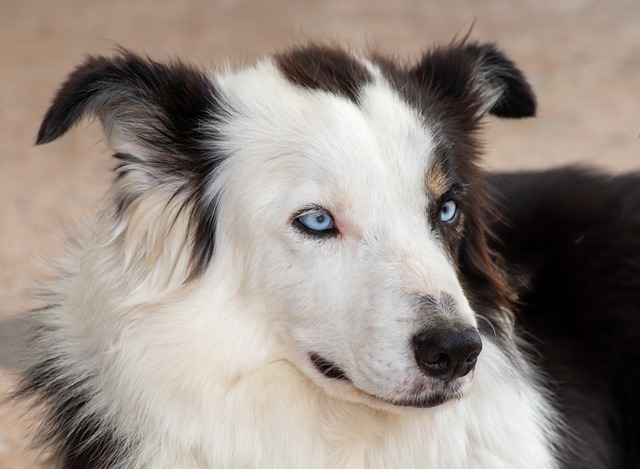 Continued low temperatures will force the dog's body into "stress mode", the most obvious feature of which is uncontrolled tremors. This tremor starts with a slight muscle tremor and gradually develops into a violent shaking of the whole body, with a frequency of up to 50-60 times per minute. The essence of trembling is that the body generates heat by rapidly contracting muscles, but long-term trembling will consume a lot of physical energy. If not intervened in time, it may cause hypoglycemia and electrolyte disorders. When the dog trembles and looks at the owner, his eyes are full of desire for help, and the slightly flaring nose and cyanotic gums due to the cold all hurt the owner's heart. At this moment, holding them in your arms, you can clearly feel the trembling coming from the weak body, as if the cold wind is penetrating the hair and directly invading their body temperature defense line.
Continued low temperatures will force the dog's body into "stress mode", the most obvious feature of which is uncontrolled tremors. This tremor starts with a slight muscle tremor and gradually develops into a violent shaking of the whole body, with a frequency of up to 50-60 times per minute. The essence of trembling is that the body generates heat by rapidly contracting muscles, but long-term trembling will consume a lot of physical energy. If not intervened in time, it may cause hypoglycemia and electrolyte disorders. When the dog trembles and looks at the owner, his eyes are full of desire for help, and the slightly flaring nose and cyanotic gums due to the cold all hurt the owner's heart. At this moment, holding them in your arms, you can clearly feel the trembling coming from the weak body, as if the cold wind is penetrating the hair and directly invading their body temperature defense line.
The cold will also significantly change the dog's daily behavior pattern. The "little explorer" who is full of energy on weekdays will suddenly become lazy and sleepy, nestling in the corner of the sofa or in the owner's clothes for a long time. Even if the owner takes out their favorite snacks, they only barely raise their heads, and the amplitude and frequency of wagging their tails are greatly reduced. What's more distressing is that some dogs will frequently change their resting positions, from carpets to radiators, from under the bed to closets, trying to find the warmest corner, but they can never dispel the cold. This restless wandering is like a child lost in the cold night, desperate for warm shelter.
Eating and excretion habits will also change due to the cold. The metabolism of dogs will slow down by 20%-30% in low temperatures, resulting in a significant decrease in appetite. They are less interested in food, and even face their favorite canned food in the past. At the same time, in order to reduce heat loss, dogs will instinctively reduce the number of urinations, and the urine will be concentrated and yellow. If you find that the dog frequently licks the water bowl but the amount of water consumed has dropped sharply, or chooses to continue to curl up when it should have defecated, the owner needs to be alert to the impact of cold on its physiological functions.
In extreme cases, coldness may also cause abnormal behavior in dogs. When the body temperature drops below 37℃, they will develop ataxia, staggering like drunkenness; in severe cases, they may even fall into a coma and be slow to respond to external stimuli. This rapid deterioration of vital signs often occurs at the moment of negligence of the owner - perhaps just a few minutes of going out to take out the garbage, the low temperature may cause irreversible damage to the weak dog.
As an owner, being sensitive to these subtle changes is the key to protecting the health of dogs. When you find that the dog has symptoms such as curling up and trembling, you should take immediate measures: wrap it with a soft blanket, turn on the indoor heating or use a pet-specific heating pad, and pay attention to maintaining a suitable temperature of 30-32℃; prepare warm glucose water to replenish energy, but never force feed; put on warm clothes with abdominal pads for short-haired dogs and small dogs to ensure that the limbs and abdomen are kept warm. In the cold season, we must take the initiative to prevent and replace the thickened bedding for the doghouse in advance to avoid letting the dog go out in the early morning or late at night when the temperature is low.
Every dog is an important member of the family. They give us the purest love with their lifelong companionship. On cold days, those figures shivering in the cold are waiting for the warm response of their owners. This protection is not only a responsibility, but also a two-way emotional bond. When we see the dog stretching its body again in the warmth, rubbing its wet nose against the palm of its owner's hand, and its cheerful tail sweeping every corner, we can truly understand: all the careful care is the best interpretation of this precious friendship.

When we find that the dog's originally smooth and healthy skin shows symptoms of being irritated, such as redness, itching, and flaking,
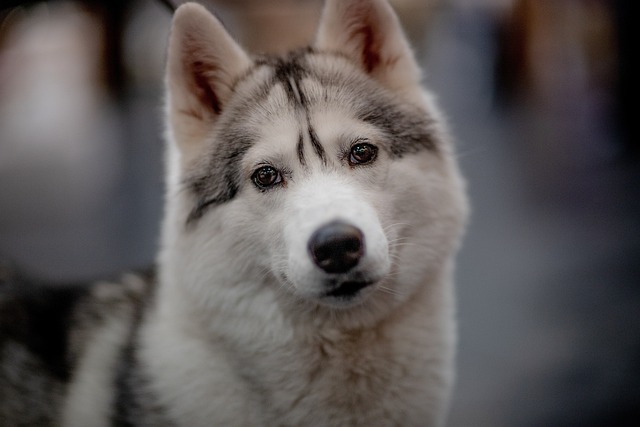
When we see our dog, which used to have smooth fur and be lively and active, constantly scratching due to dry and itchy skin,
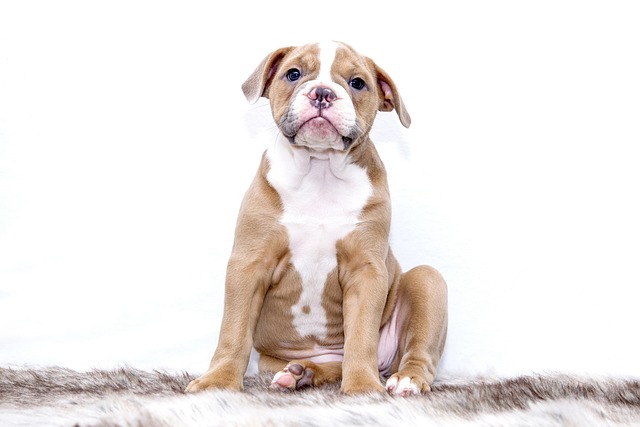
When you find that your usually lively and cute dog frequently shakes his head, scratches his ears with his paws, or even has redness, swelling, and odor in his ears, you will feel worried and distressed.
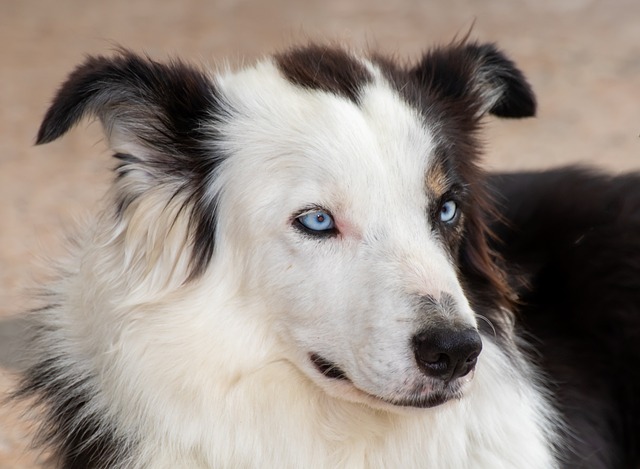
When the cold wind brings ice and snow to the window lattice, humans can resist the severe cold by adding clothes and keeping warm. Dogs, who cannot speak, can only convey their perception of the cold through subtle changes in their bodies.
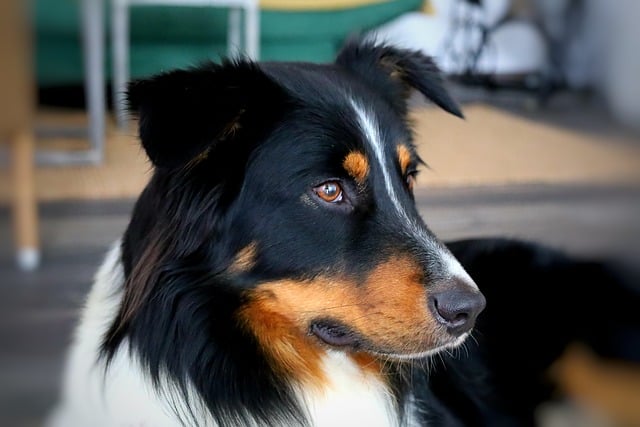
Dogs chew toys, which may seem naughty, actually contain their unique physiological and psychological needs. Every chewing is their way of interacting with the world and a special "language" to convey information to their owners.
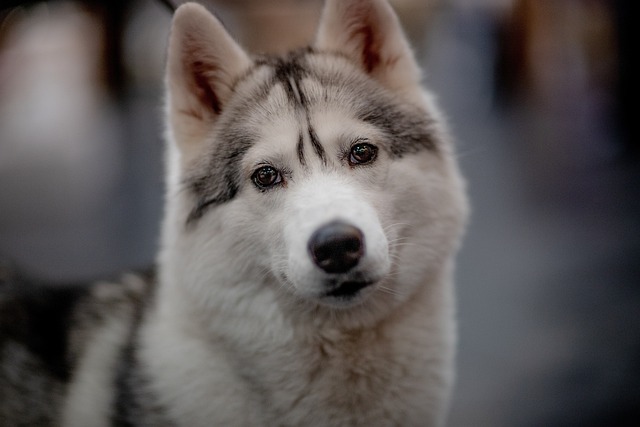
In the silent late night, it should be the time for sound sleep. However, when we find that the dog, which usually falls asleep as soon as it lies down,